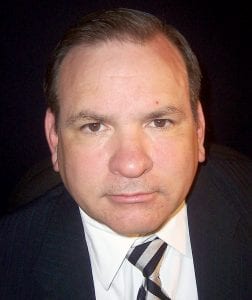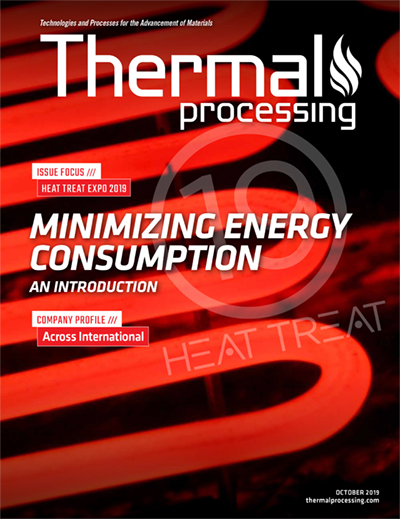
What does MHV do for the heat-treat industry?
We make our customers more competitive, which is good both for the customers and for the industry as well. If our customers become more competitive, there’s more attractiveness to invest. And if there’s more attractiveness to invest, there’s innovation, and the industry moves forward.
What kind of challenges do heat treaters face today?
There are both technical and financial challenges. The technical challenges are that there’s always a drive for lighter, stronger, and cheaper metals. That’s always going to be there. The financial challenges, however, come down to what companies in any industry face, and that is they’re trying to increase their return on investment. Companies choose to address this in different ways; however, there are really only two main factors that contribute to improving that return: profitability and the net assets that are employed.
The net assets employed is the amount of money that’s tied up to produce a level of profit. So, if you reduce the assets that you’re tying up, you’re using less capital or money to get the same profitability. By increasing your profitability on the other hand, you get a higher return on the money invested. Ideally, you want to both increase profitability and reduce the assets employed. Those are really the challenges.
How is MHV helping customers deal with these challenges?
First, we remanufacture pumps, and that represents an alternative to buying new, but only if it provides the same performance as new. A remanufactured pump can, for instance, cost as little as 50 to 60 percent of the cost of a new one. When MHV remanufactures a pump, it’s to the exact tolerances and specifications as newly manufactured. And we prove that performance to our customers with a drawdown test. The industry norm is to use a run test, which simply shows that the pump runs, but that doesn’t show process performance. A drawdown test actually draws the vacuum down and compares it to new pump-performance curves. No one else in the industry does that, so our customers get a fair choice between new and remanufactured because performance is the same.
One of our other services we provide is we work onsite hand-in-hand with our customers to optimize vacuum systems at no cost to them. We extend pump life and reduce operating costs with improved efficiency. For instance, a pump failure that can occur during an operating cycle can cost a company to incur out-of-spec product, which is really scrap rate as I see it; it’s scrap. Another possibility is that you can get premature failure in your customer’s finished goods, which is going to be returned to you as a warranty item. Now both scrap and warranty are known as direct charges, which is a cost that reduces profitability. Those are some areas where we can improve a company’s profitability.
When we work with our customers at their facilities, they were able to reduce pump downtime in many cases. The other thing is that — and this really addresses the asset side —many remanufacturers will outsource machining to third parties or return to original manufacturers for more complex work. But all of the remanufacturing at MHV is completed at our facility. This reduces the turnaround time because we don’t have to send it anywhere. And the turnaround is critical. With one particular customer, a major heat treater, we were able to help reduce the number of spare pumps they kept in inventory from four down to two by extending their pump life and reducing that turnaround. They didn’t need four anymore. A new pump is $21,500 roughly, so what we did was remove $43,000 from his inventory. So, he’s using less money to get the same amount of profit now. And that’s how we help our customers deal with the challenges they face.
Where do you see heat treat in the next 10 to 20 years and MHV’s place in it?
The heat-treat industry is made up a number of segments. Some of the segments will be robust and others are going to follow a traditional cyclical pathway, which, depending on the served industry, will either lead or lag in economic conditions. But two prominent segments that are going to outperform the GDP are the med-tech and aerospace industries. Med tech, at this point in time, I just don’t see a visible ceiling, at least in the foreseeable future.
And aerospace will remain robust for the next 10 years or so. The order backlog for commercial aircraft is at an all-time peak right now. I think there are 14,000 units on backlog. And there are about 38,000 expected to be produced globally over the next 20 years. That’s huge.
But regardless of whether the industry segment is in an upward or a downward part of their economic cycle, greater efficiency, more profitability, and less assets needed to achieve results are always going to be paramount for heat-treaters, and MHV is going to be there to help them in tangible ways.
MORE INFO www.methivac.com




























